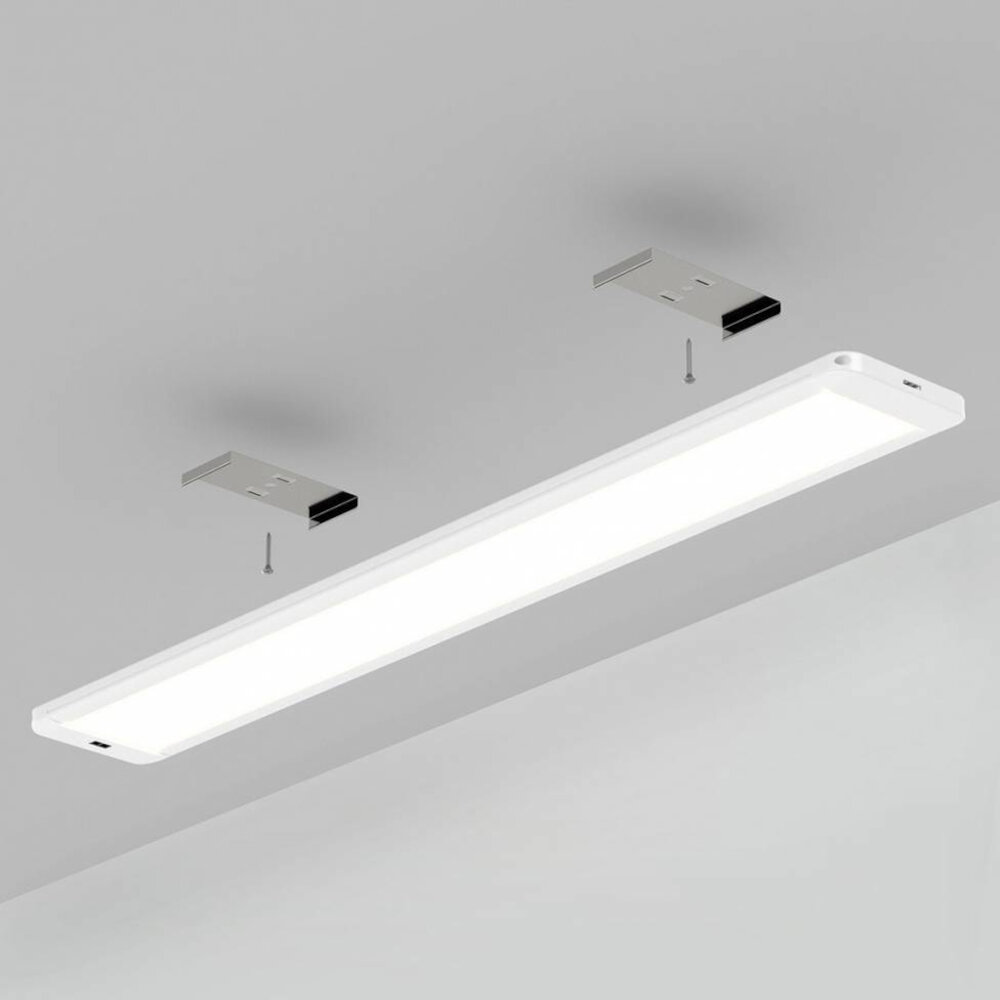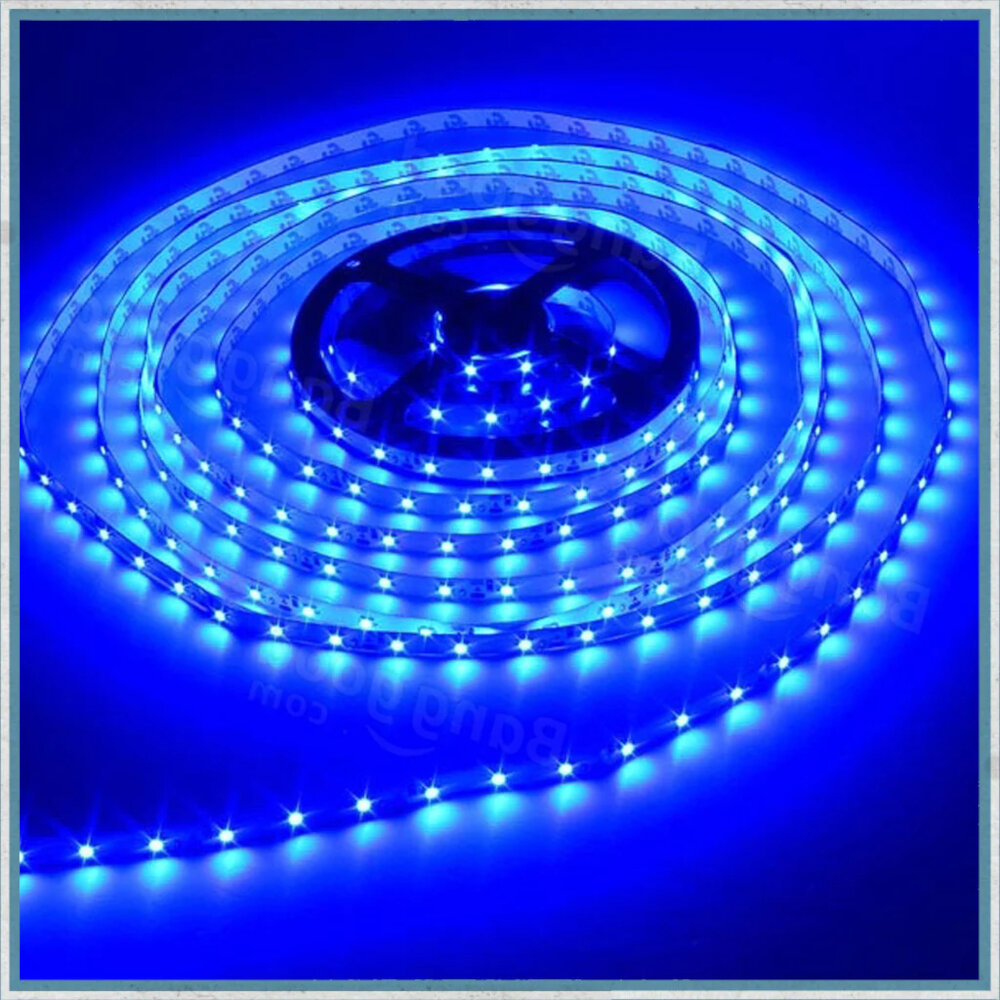The Spark That Ignited Innovation: The Story of What Led to the Invention of the Light Bulb

The invention of the light bulb is often considered one of the most significant milestones in human history. It revolutionized the way we live and work, transforming our world from one of darkness and limited productivity to one that is illuminated and vibrant. The story of what led to the invention of the light bulb is a fascinating one, filled with innovation, perseverance, and a desire to create something that would change the world. In the late 1800s, the world was a very different place. Most people relied on candles, gas lamps, and other forms of lighting that were not only expensive but also dangerous. The need for a safer, more efficient light source was clear, and many inventors were working on solutions. However, it was Thomas Edison who ultimately succeeded in creating a practical, long-lasting light bulb that could be used in homes, offices, and public spaces. The story of his invention is a testament to the power of human ingenuity and the belief that anything is possible when we set our minds to it.
The invention of the light bulb, often credited to Thomas Edison, revolutionized the way we live by providing a reliable source of artificial light. Prior to the light bulb, people relied on candles, oil lamps, and gas lamps for illumination, which were not only dim and unreliable, but also posed a significant fire hazard. The light bulb allowed for increased productivity and extended the workday into the night, making it possible for people to work and socialize after sunset. It also played a crucial role in the advancement of technology, as it facilitated the development of new industries such as film and television. In short, the light bulb was a game-changer that transformed the way we live and work.
The Problem

The problem of lighting in the late 1800s was a significant issue for society. The primary source of light was gas lamps, which were expensive, dangerous, and inconvenient. The gas lamps required constant maintenance, were prone to explosions, and were not suitable for use in all areas, including homes. The need for an alternative source of light was evident, and inventors had been working on creating a solution for years with no success. The problem of lighting was a significant issue that needed to be solved for society to progress. The problem was not only limited to lighting, but it also affected the economy. The cost of maintaining gas lamps was high, and people were struggling to pay for it. The need for a more affordable source of light was becoming more urgent. The problem was not just about the invention of the light bulb. It was about finding a solution that would benefit society as a whole. The invention of the light bulb was not just a technological breakthrough, but it was also a social and economic revolution that changed the way we live and work. The problem was significant, and it required a creative solution that would ignite innovation and change the world forever.
Before the invention of the light bulb, society faced numerous challenges in meeting their lighting needs. The only sources of light available were candles, gas lamps, and oil lamps, which were all inefficient, expensive, and hazardous. Candles produced dim light, emitted smoke and soot, and required constant replacement. Gas lamps were brighter but still generated hazardous fumes, and oil lamps were expensive and had to be frequently refilled. Furthermore, these lighting sources were not widely accessible, and only the wealthy could afford them. The lack of efficient and accessible lighting greatly hindered productivity and leisure activities at night, and posed a significant safety risk due to the high incidence of fires caused by open flames. The invention of the light bulb revolutionized society by providing a safe, efficient, and affordable source of light that drastically improved people’s quality of life.
Before the invention of the light bulb, previous lighting solutions were highly inefficient and inadequate for most people’s needs. Candles and oil lamps were widely used, but they provided limited illumination and were highly susceptible to wind, rain, and other external factors. Gas lighting was also available, but it was expensive and often required complex and dangerous equipment. Additionally, gas lighting was highly unreliable, and it could take several minutes to light a single lamp. These inefficiencies made it difficult for people to work, study, or enjoy leisure activities in the evenings, and it also posed significant safety risks from fires and explosions. Therefore, there was a pressing need for a more efficient and safer lighting solution that could be widely adopted.
The Failed Attempts

The failed attempts were an integral part of the journey that led to the invention of the light bulb. Thomas Edison, the inventor, had to go through numerous trials and errors before he could finally create a functional prototype. Initially, he experimented with various filaments, including platinum, but none of them were able to withstand the high temperature required for the light bulb to glow. Edison also tried to use carbonized bamboo fibers, but they burned out too quickly. It was only after countless attempts that he discovered that carbonized cotton thread was the most suitable filament material for the light bulb. Despite the many failed attempts, Edison refused to give up. He believed that every failed attempt brought him closer to his goal. His perseverance and determination eventually paid off, and he was able to create a light bulb that could glow for up to 1200 hours. Edison’s story is a testament to the power of persistence and the importance of learning from failure. It teaches us that innovation often requires a willingness to take risks, experiment, and push the boundaries of what is possible.
Before the invention of the light bulb, several inventors made attempts to solve the lighting problem. In 1802, Humphry Davy invented the arc lamp, which used two charcoal rods to create a bright light. However, this lamp was not practical for everyday use because it required a large amount of electricity and produced a lot of heat. In 1835, James Bowman Lindsay developed the first electric light, which used a carbon arc enclosed in a vacuum tube. But, like Davy’s arc lamp, it was too expensive and impractical. Later, in 1854, Heinrich Geissler developed the Geissler tube, which produced a dim light by passing electricity through a glass tube filled with gas. Though these early attempts failed to solve the lighting problem, they laid the foundation for future innovations and inspired inventors like Thomas Edison to keep pushing forward.
The attempts made by Thomas Edison to invent the light bulb were not without flaws. Initially, he tried using platinum as a filament, but it quickly evaporated due to its high melting point. He then tried using carbonized bamboo, which lasted longer but still burned out quickly. Edison also faced the challenge of finding a vacuum that would keep the filament from burning out too quickly. While he made progress in creating a longer-lasting filament with a bamboo carbonized by heating it in a vacuum, he still had to overcome issues with the vacuum itself. Overall, Edison’s attempts were met with numerous setbacks and challenges, but his persistence and ingenuity eventually led to the invention of the light bulb.
The Solution

The solution to the problem of creating a long-lasting and efficient light source was not a simple one. Thomas Edison, the inventor of the light bulb, had to experiment with various materials and designs before he discovered the right combination. He spent countless hours testing different filaments, such as bamboo, cotton, and carbonized paper, to find one that could withstand the heat and last for an extended period. Edison also had to develop a vacuum pump to remove air from the bulb, which prevented the filament from burning out too quickly. After months of trial and error, Edison finally found the solution to the light bulb problem in 1879. He used a carbonized bamboo filament, which was stronger and more durable than any other material he had tried. He also improved the design of the bulb by creating a smaller, more efficient version. This allowed for the bulb to be mass-produced and made available to the public. Edison’s invention revolutionized the way people lived and worked, and it paved the way for future innovations in the field of electricity and lighting.
Thomas Edison’s experimentation process for inventing the light bulb was a long and tedious journey. He tried numerous materials for the filament, ranging from platinum to bamboo, and tested different amounts of vacuum in the bulb. Edison’s team also experimented with various types of glass for the bulb, as well as the shape and size of the filament. They even tried using different gases inside the bulb to enhance the lifespan of the filament. Edison famously stated, \I have not failed. I’ve just found 10,000 ways that won’t work.\ After countless trials and errors, Edison finally found a combination that worked, resulting in the invention of the first commercially practical incandescent light bulb. Edison’s perseverance and innovation revolutionized the way people lived and worked, and his experimentation process serves as an inspiration for future inventors and innovators.
The story of the invention of the light bulb is a fascinating tale of perseverance and innovation. Thomas Edison, the inventor of the light bulb, had been working on developing an electric light since the early 1870s. He experimented with various materials for the filament, including platinum, but found that they would burn out too quickly. Finally, in 1879, he hit upon the idea of using carbonized bamboo as a filament. This proved to be the breakthrough he needed, as the bamboo filament lasted for over 1,200 hours, making it practical for use in homes and businesses. Edison’s ability to think outside the box and his willingness to experiment with different materials ultimately led to the creation of one of the most transformative inventions in history.
The Impact

The impact of the invention of the light bulb is immeasurable, as it revolutionized the entire world. Prior to the invention of the light bulb, people relied on candles and oil lamps to light their homes and workplaces. This meant that the amount of light available was limited and often flickering, leading to eye strain, poor visibility, and even accidents. The introduction of the light bulb changed all of this, as it provided a reliable and consistent source of light that was not dependent on the availability of fuel. This allowed people to work and live in well-lit environments, leading to increased productivity and improved quality of life. Furthermore, the impact of the light bulb goes beyond just providing a source of light. It has played a crucial role in the development of other technologies, such as television, computers, and smartphones. Without the ability to create artificial light, these technologies would not have been possible, as they all rely on screens that emit light. Additionally, the light bulb has had a profound effect on the environment, as it has allowed people to work and live at all hours of the day and night. This has led to an increase in energy consumption, as people have come to rely on artificial light to carry out their daily activities. Despite this, the light bulb remains one of the most important inventions in history and continues to have a significant impact on our lives today.
The invention of the light bulb by Thomas Edison in the late 19th century revolutionized society in numerous ways. Before the light bulb, people relied on candles and gas lamps for illumination, which were expensive, dangerous, and not very efficient. With the introduction of the light bulb, people could work, study, and socialize at any time of day or night. The light bulb also facilitated the growth of industries such as manufacturing, transportation, and entertainment. Furthermore, it allowed for the expansion of cities and the creation of new jobs, such as electricians and engineers. The light bulb has had a profound impact on society, and its invention is a testament to the power of innovation and human ingenuity.
The invention of the light bulb sparked a revolution in daily life and industry. Prior to its creation, people relied on candles, oil lamps, or gas lamps to light their homes and workplaces. These sources of light were not only dim but also posed a significant fire hazard. With the advent of the light bulb, people could see clearly in their homes and workspaces, which increased both safety and productivity. Additionally, industries such as manufacturing and transportation were able to operate around the clock, increasing production and efficiency. The light bulb was a game-changer that transformed not only the way we live but also the way we work.
The invention of the light bulb was a product of years of experimentation and innovation by many inventors, but it was Thomas Edison who ultimately succeeded in creating a commercially viable design. Edison began his quest to create a practical light bulb in 1878, drawing upon the work of other inventors who had made advancements in electric lighting technology. Over the course of several years, Edison and his team tested thousands of materials and designs, eventually settling on a carbon filament that could withstand the heat generated by the electric current. Finally, in 1879, they were able to produce a light bulb that could burn for hours without burning out or breaking, revolutionizing the way people lived and worked. Edison’s invention of the light bulb is a testament to the power of persistence and innovation, and it has left an indelible mark on history.
Innovation and persistence are key elements in problem-solving. The story of the light bulb’s invention is a testament to the importance of both. Thomas Edison’s relentless pursuit of finding the right filament material and his willingness to experiment with different designs and materials ultimately led to the creation of a practical and commercially viable light bulb. His persistence in the face of failure and his ability to continuously innovate was crucial in the success of his invention. In today’s fast-paced world, innovation and persistence are more important than ever in solving complex problems. Without these qualities, progress and growth would be stagnant, and we would miss out on the incredible advancements and discoveries that shape our world.
Conclusion

In conclusion, the invention of the light bulb was not a singular event, but rather the result of a series of innovations and discoveries over many years. From the initial spark of curiosity that drove inventors like Humphry Davy and Warren de la Rue to explore the properties of electricity, to the practical improvements made by inventors like Joseph Swan and Thomas Edison, the story of the light bulb is a testament to the power of innovation and collaboration. Through trial and error, persistence, and a willingness to take risks, these inventors were able to transform our world and bring light to places that were once shrouded in darkness. The story of the light bulb is a reminder of the importance of creativity, ingenuity, and the pursuit of knowledge, and it continues to inspire new generations of inventors and innovators today.




